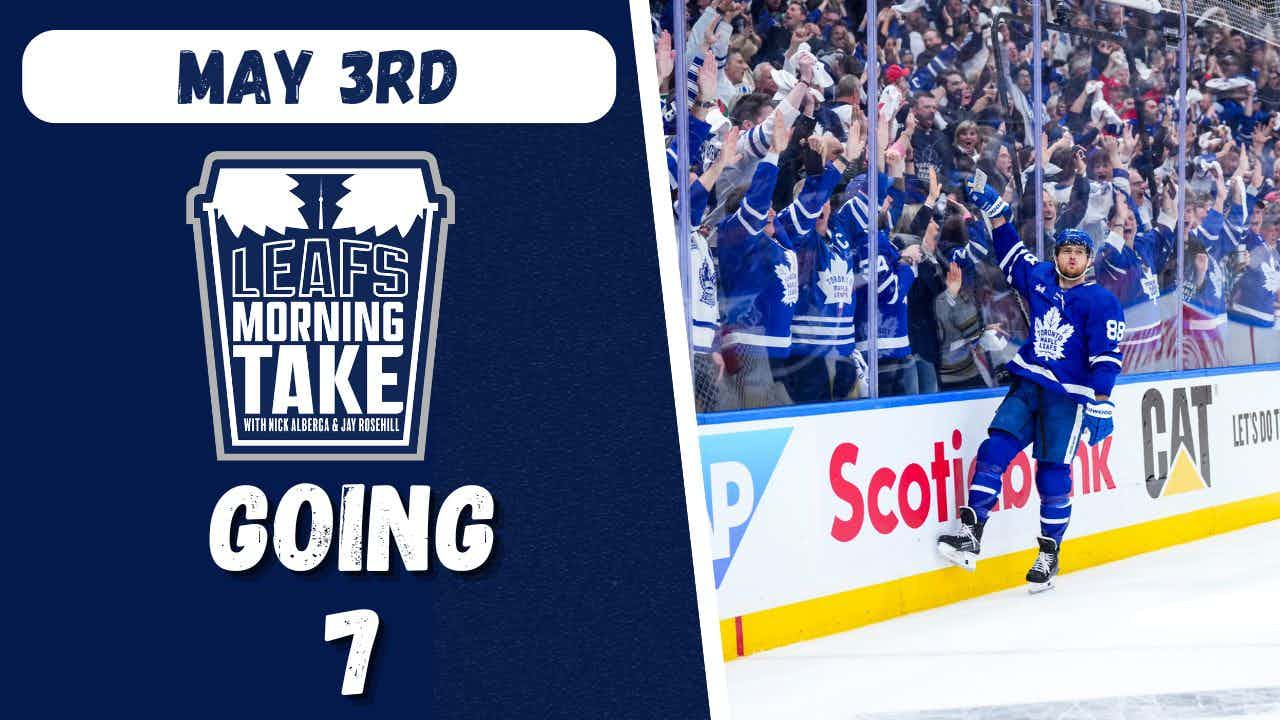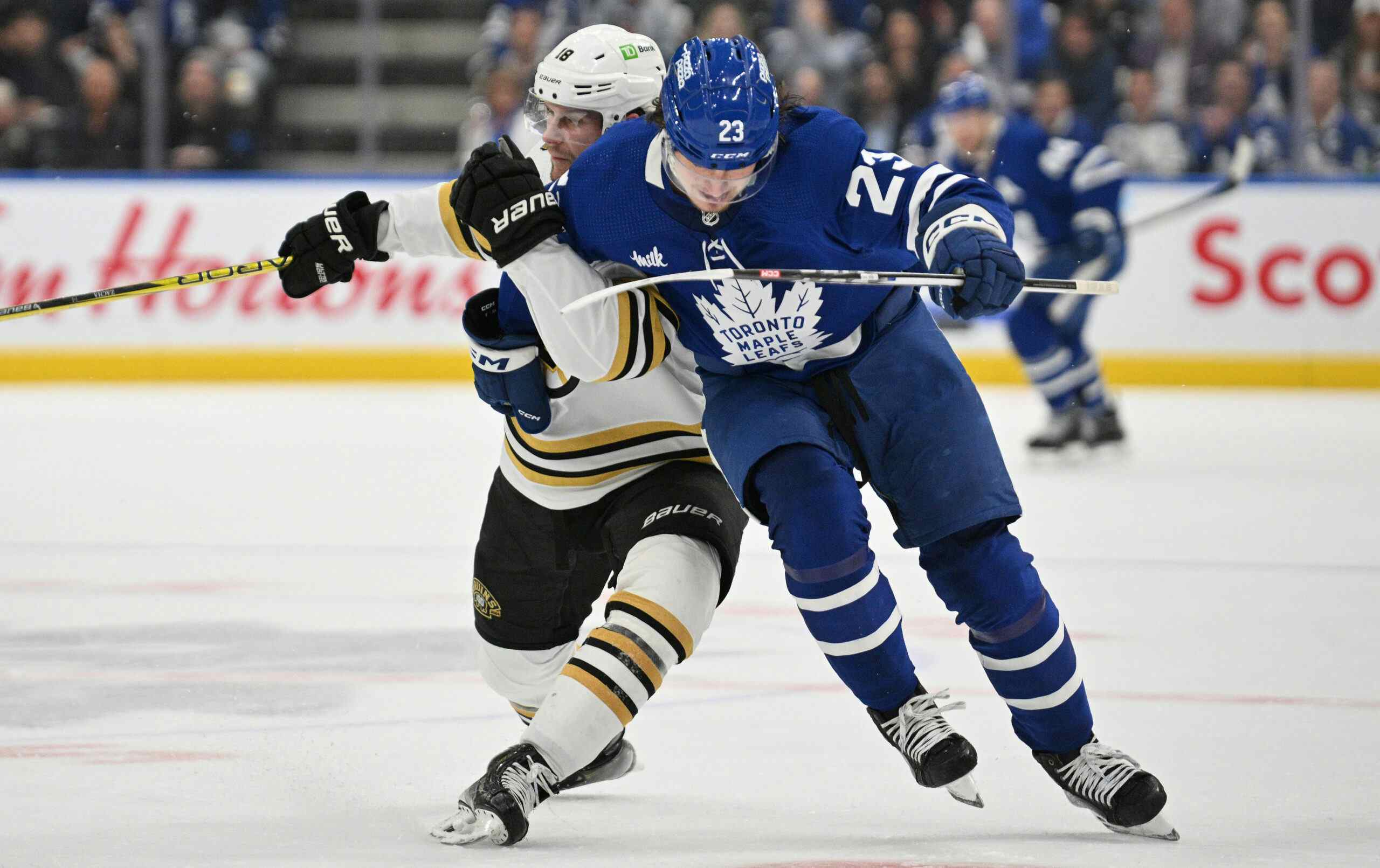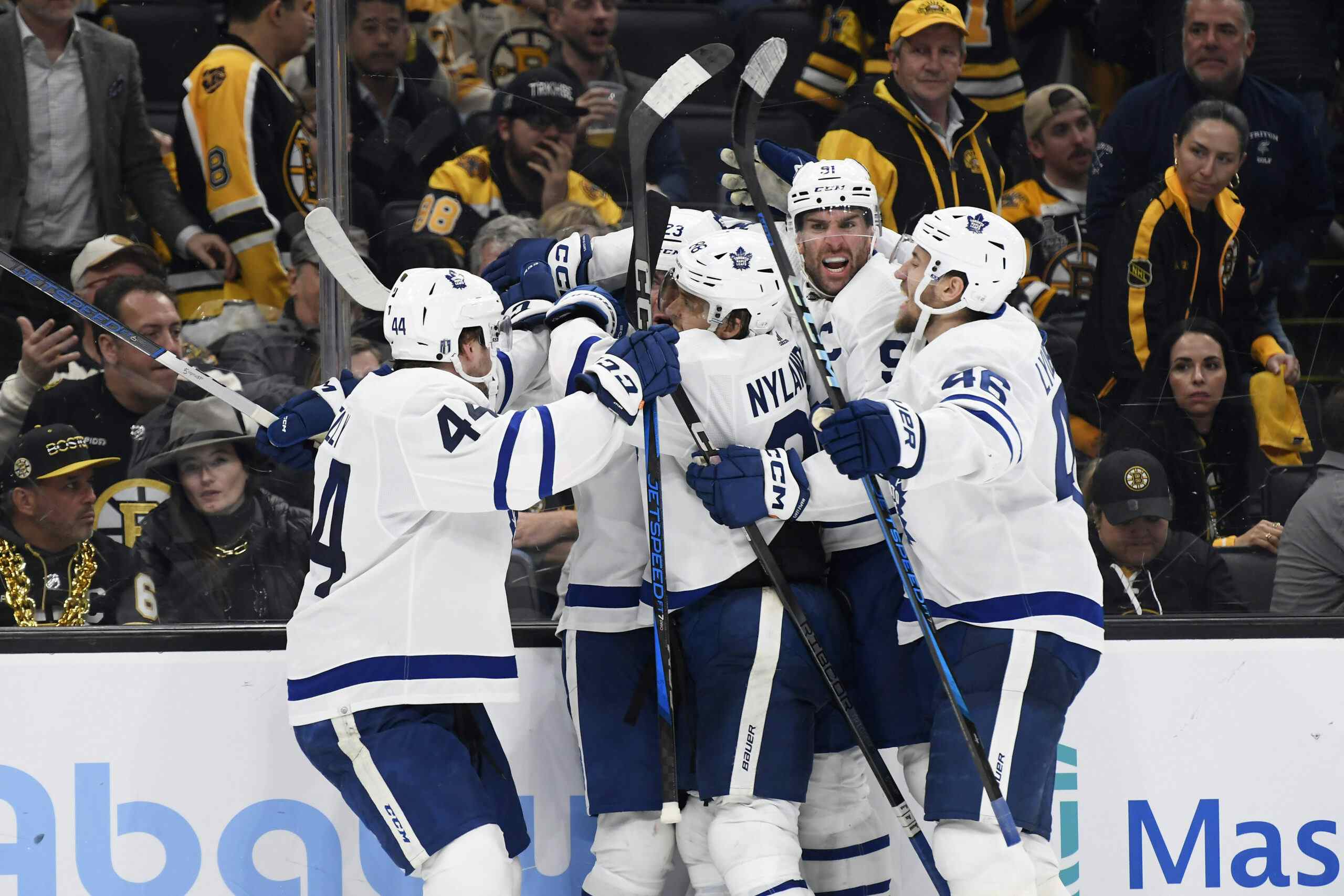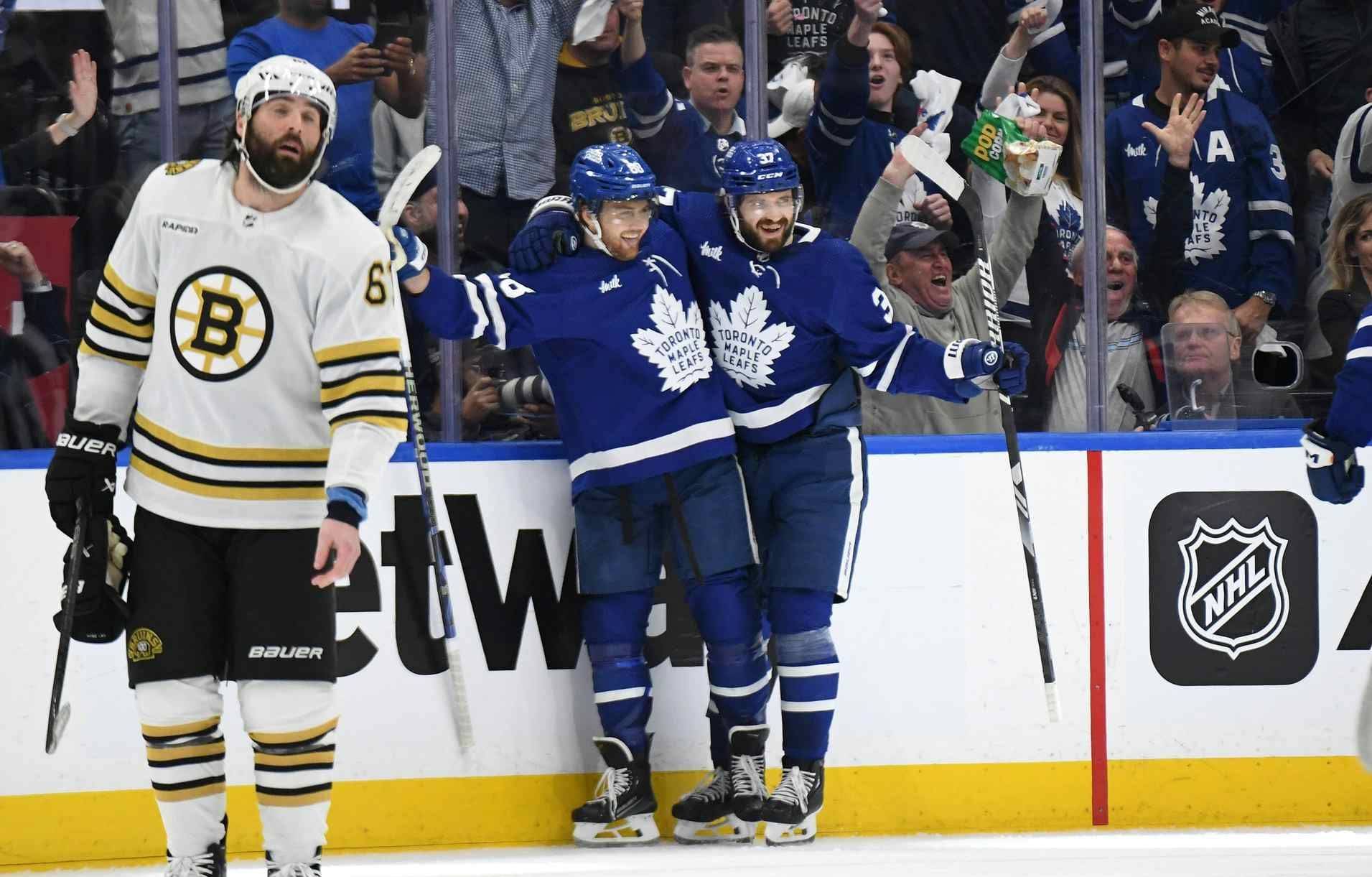Breaking down Joe Colborne’s season
By Cam Charron
11 years ago
What happened to Joe Colborne in the second half of last year? After 40 games, Colborne had 15 goals and 33 points with the Toronto Marlies. But, February hit. In the second 40 games of the season, including the AHL playoffs, Colborne had just 3 goals and 14 points.
What happened here?
Now, a lot of Colborne’s production was in the first 13 games before his NHL call-up in November. At that point, he had 10 goals, which put him on pace for 63 goals over 82 games, or the NHL equivalent of 28. Obviously that isn’t a sustainable pace at all, and part of that was thanks to his 25% shooting rate at that time.
Heading into the season, Colborne’s career AHL shooting percentage was 14.7%, so on that note, it isn’t too surprising to see a regression to the mean. But he was helped along in this case, presumably by the wrist injury he had been playing with all season:
“I’ve been battling a wrist injury all year and we’re going to take care of that over the next week or so,” said Colborne, whose AHL Toronto Marlies were swept by the Norfolk Admirals in the Calder Cup final. “Hopefully I’ll be ready by camp.”The six-foot-five forward wouldn’t say when the injury first happened but his statistical decline points towards late 2011.
This explination passes the sniff test, and you’ll be able to see why in a few moments. It wasn’t just regression that suffered Colborne, but a huge drop in overall performance and production up and down the board. Even strength points, powerplay points, and even shots per game dropped steadily after that first crunch as Colborne struggled:
| G/82 | SOG/GP | Sh% | |
| First 13 | 63 | 3.08 | 25.0% |
| After Call-Up | 10 | 1.45 | 8.2% |
| EVG/82 | EVP/82 | ||
| First 13 | 44.2 | 88.3 | |
| After Call-Up | 7.3 | 23.3 |
Recent articles from Cam Charron





